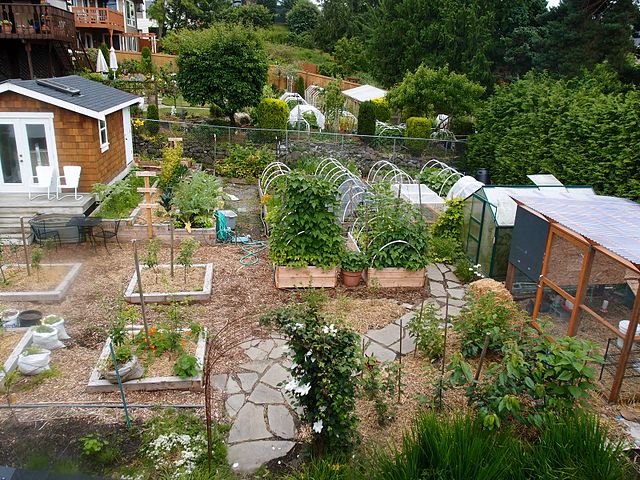Welcome to an informative journey where we delve into the world of composting toilets. In this article, we will explore the benefits, functionality, and importance of composting toilets for your homestead. Whether you are a seasoned homesteader or a beginner, understanding how composting toilets work can significantly impact your sustainable living practices. Let’s begin by understanding what makes these toilets so unique.

What is a Composting Toilet?
A composting toilet is a type of dry toilet that treats human waste through biological processes. Unlike traditional toilets, composting toilets do not require water for flushing. They use aerobic decomposition to break down waste, turning it into usable compost. This process not only conserves water but also produces valuable organic material for your garden.
How Do Composting Toilets Work?
In a composting toilet, waste is collected in a chamber where it decomposes with the help of aerobic bacteria. These bacteria require oxygen to thrive, which is why proper ventilation is crucial. The decomposition process is similar to that of a compost pile, transforming waste into nutrient-rich humus over time.
Benefits of Using Composting Toilets
There are numerous advantages to using composting toilets on your homestead. Here are some of the most notable benefits:
Water Conservation
One of the most significant advantages of composting toilets is their ability to conserve water. Traditional toilets use gallons of water per flush, whereas composting toilets require none. This makes them ideal for areas with limited water resources.
Environmental Sustainability
By reducing water usage and recycling waste into compost, composting toilets contribute significantly to environmental sustainability. They help reduce the burden on sewage systems and minimize pollution, aligning with homesteaders’ eco-friendly goals.
Cost-Effective Solution
While the initial investment in a composting toilet may be higher than a conventional toilet, the long-term savings on water bills and sewage costs make it a cost-effective choice. Additionally, the compost produced can be used to enrich your garden soil, further saving on fertilizer expenses.
Types of Composting Toilets
There are several types of composting toilets available, each with its own features and benefits. Understanding these options can help you choose the best system for your homestead.
Self-Contained Composting Toilets
Self-contained composting toilets are compact units where the composting process takes place within the toilet itself. They are ideal for small spaces and can be easily installed without the need for extensive plumbing.
Central Composting Systems
Central composting systems involve a separate composting chamber located away from the toilet. Waste is transported to this chamber, allowing for larger capacity and less frequent maintenance. These systems are suitable for larger households or community setups.
Installation and Maintenance
Installing and maintaining a composting toilet requires some considerations to ensure optimal performance and longevity.
Proper Ventilation
Adequate ventilation is essential for the aerobic bacteria to thrive and to prevent odors. Ensure that your composting toilet has a properly installed venting system to promote airflow.
Regular Compost Removal
Depending on the type and usage, the compost will need to be removed periodically. This process is straightforward and involves emptying the compost chamber and using the material as soil amendment.
Common Misconceptions
There are a few misconceptions surrounding composting toilets that may deter people from considering them. Let’s debunk some of these myths.
Odor Issues
Many people assume that composting toilets produce unpleasant odors. However, with proper maintenance and ventilation, odor issues are minimal. The decomposition process can be virtually odorless.
Complexity of Use
Another misconception is that composting toilets are difficult to use. In reality, they are user-friendly and require only basic maintenance. Understanding the system’s operation ensures a smooth and hassle-free experience.
Conclusion
In conclusion, composting toilets offer numerous benefits for homesteaders seeking sustainable and eco-friendly solutions. By conserving water, reducing environmental impact, and providing valuable compost, these toilets align perfectly with the goals of a self-sufficient lifestyle. If you are interested in integrating composting toilets into your homestead, consider exploring the variety of options available and enjoy the advantages they bring.

FAQ
Are composting toilets hygienic?
Yes, composting toilets are hygienic when properly maintained. The aerobic decomposition process effectively breaks down waste, minimizing pathogens and ensuring a safe end-product.
Can composting toilets be used in cold climates?
Yes, composting toilets can be used in cold climates. However, additional insulation and heating may be required to maintain optimal conditions for decomposition.
Do composting toilets require electricity?
Some composting toilets may require electricity to power fans for ventilation or heaters in colder environments. However, there are non-electric models available as well.
For more information on sustainable living and homesteading, you can visit The Rooted Farmhouse for additional tips on urban homesteading. Additionally, check out reduce waste on the homestead and learn how to start composting at home.




